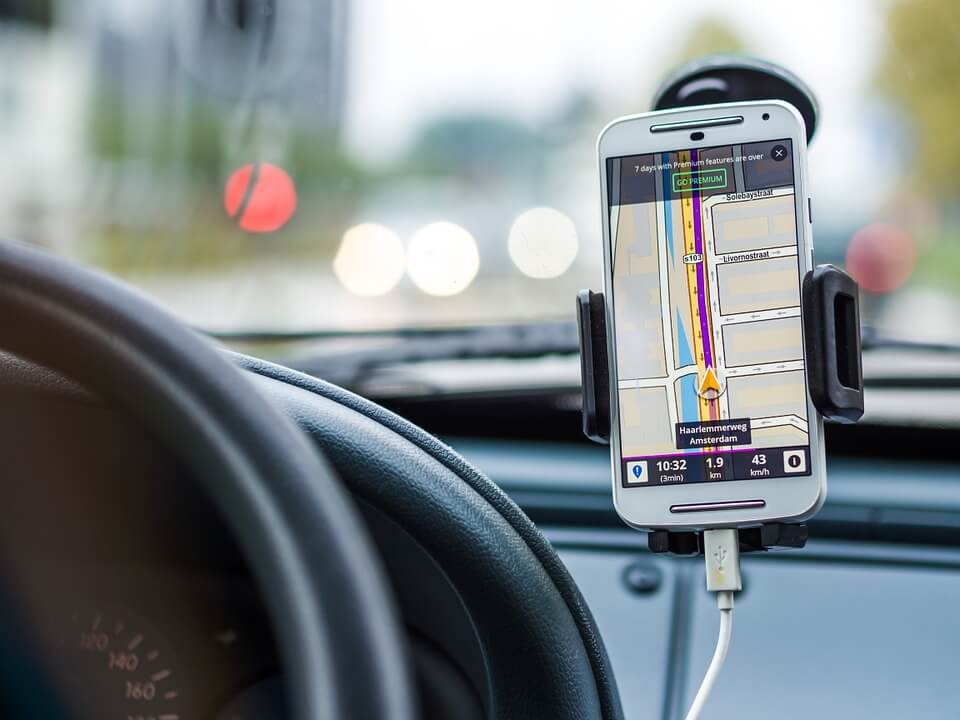Essential Road Safety Tips To Keep In Mind On Your Next Road Trip
Planning on a road trip with the whole family this weekend? Whether you’re going on a relaxing vacation by the beach or just visiting your relatives, you have to prepare a safety list before hitting the road.
Going on a road trip may seem quite simple, but you need a little bit of planning to ensure a safe and fun drive ahead. No matter where you’re going, keep the following safety tips in mind before going behind the wheel.
A little bit of tune-up can go a long way
Make sure your car is roadworthy for a smooth sailing drive. Schedule a maintenance appointment with a professional and qualified mechanic to ensure it is in good condition. Have them check your vehicle’s battery, tire pressure, oil and fluid levels, air conditioner, and even its wiper blades. Replace your tires if needed and if anything doesn’t seem right, have it fixed. When it comes to your family’s safety, do not skimp.
If you feel like your vehicle in general is no longer safe and has reached it’s end of life, consider selling it. Many companies exist that will pay you cash for junk cars. These companies exist to make the process of selling a car simple.

Emergency kits
It is essential to prepare an emergency kit before your road trip. Here’s a list recommended by the National Highway Traffic Safety Administration or NHTSA:
- Bottled water
- A handy flashlight
- Warm blankets
- Flares
- Jumper cables
- A set of first-aid kit
- A mobile phone that’s fully charged
- Tools for changing tires
- Multi-purpose tool
You can all of these in a handy tote bag or backpack you have in your home so that you can easily grab it in case of an emergency.
Child safety
Using a car safety seat is the best way to keep your kids safe and protected during the ride. The law in every state also requires for a child to be restrained even for a short distance drive. These seats can massively reduce any fatal injuries in case of a crash. To ensure the safety of your little one, follow the general guidelines on how to choose a safe baby car seat.
Ensure that the door and window child locks within the reach of your kids at the backseat are activated. Also, remove any hazardous and poisonous items lying around, as well as any possible projectiles.
Learn how to change a tire
You never know when your tire will encounter a problem, so knowing how to change it is necessary. Familiarize yourself on how to change flat tires. There are plenty of tutorials online that you can check out. Or better yet, you can ask your local mechanic to teach you how and then practice it before your trip. If you have the budget and room in your vehicle, bringing along a couple of spare tires is a good thing.
Fill up your gas tank
Make sure to fill up on gas before you hit the road. You never know how long until there’s an available gas station. Be cautious and never let your tank go below one-third full. The last thing you want is to get stuck in the middle of the night with an empty gas tank.
Prepare GPS maps
Knowing the ins and outs of the road is crucial. You don’t want to put yourself and your family in danger by getting lost in an unfamiliar neighborhood. Have a GPS handy and map out your course before leaving the home to track the whole journey and even cut down on travel time. You may also consider printing out screenshots of directions in case you lose signal or the battery of your phone dies.

Get enough sleep and rest
Never drive when you’re tired or haven’t had enough sleep. Each year, more than 1,000 road accidents are caused by dozing drivers. When you’re tired, your ability to quickly react to situations and making sound decisions is reduced. Furthermore, drowsiness is also caused by boredom and medications.
If you’re feeling exhausted already, you can stop for a while to stretch and get some fresh air or ask someone to take over the wheel. If this is not possible, you may try rolling down your window or have a fun and interesting conversation with your passengers to keep you awake and alert.
Check your posture
Ensure that your seat is suitably adjusted for your body. It should be tilted so that you’ll get the utmost blood flow. Always sit up straight and avoid slouching as this can make you feel drowsy. If you think you’re entering the “driving trance” take a deep breath and feel your body for any tension.
Planning your stops
If you’re going on a long trip, one of the most vital things you need to plan out is your pit stops. Stretch your legs, drink some water or switch drivers every two hours. This is also the time where you can have your meal time and take bathroom breaks. Plan your stops carefully so that you can time it for viewing interesting sites.
Do not text or answer calls when driving
Talking on the phone and texting is very dangerous even if you have free hands. Removing your eyes from the road even for a second can mean life and death for you and your family.







